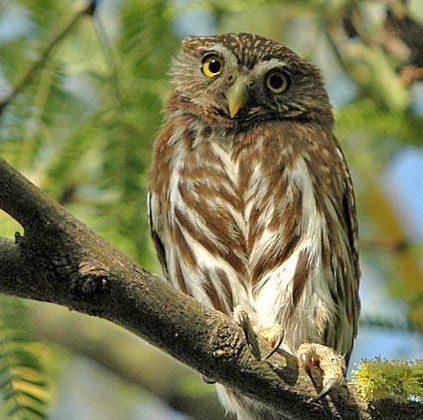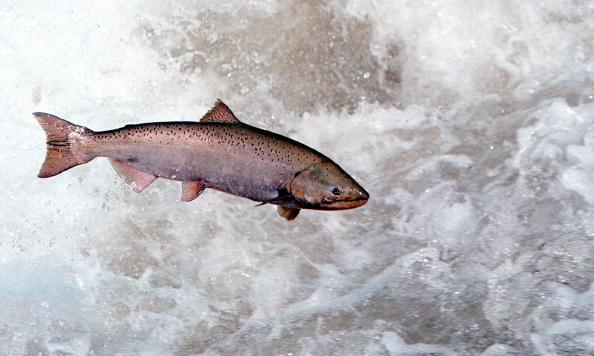Cactus ferruginous pygmy owls could fit in the palm of your hand. These tiny birds are diurnal (that is, not nocturnal), feed on all manner of birds, lizards, insects, small mammals, and frogs, and nest in large cacti in southern Arizona, Texas, and throughout Mexico. But with the Fish and Wildlife Service’s (FWS) recent decision not to protect the pygmy owl under the Endangered Species Act (ESA), the owls run the risk of disappearing from the U.S. landscape altogether. In Arizona, there are already fewer than 50 pygmy owls, putting them dangerously close to being wiped out locally. At the same time, urban and agricultural sprawl, as well as the spread of invasive species, are destroying the species’ valuable habitat, forcing them to compete for a dwindling amount of habitat and prey. A particular threat is invasive buffelgrass, which has spread widely in the region, crowding out other plants that the pygmy owl depends on to survive. Though FWS suggests that the species will continue to survive outside the U.S., pointing to the importance of pygmy owls in the Sonoran Desert in Mexico, even there, the owls are disappearing.
A Complicated History
Defenders has a long history of interest, advocacy and legal action aimed at protecting these unique owls, but unfortunately FWS has an equally long history of hot and cold protections for the pygmy owl. Due to the threats facing the small population, FWS listed the pygmy owl in Arizona as endangered in 1997, a step that protected its habitat and prompted plans for its recovery and ongoing conservation. But in 2006, after receiving pressure from developers who were eager to access the resources in the pygmy owl’s habitat, FWS withdrew the protections before the species was recovered. Defenders immediately challenged the delisting and petitioned FWS to relist the pygmy owl not only in the Sonoran Desert in Arizona, but in Mexico as well. It took years to get a response (during which time the owl and its habitat lacked vital protection), and unfortunately, in 2011, FWS decided the cactus ferruginous pygmy owl as a whole did not qualify for listing as an endangered species, despite the dwindling number of owls and the many threats to the species.
Same Problems – Still No Solution
Today, the cactus ferruginous pygmy owl isn’t faring any better. Its numbers are alarmingly low, especially in the U.S., and all the same threats to its habitat remain. By denying the species protection under the ESA, FWS has turned its back on these rare owls. This decision is, by itself, alarming enough, but the Service’s reason is even more so. They state that because the owls live in both the U.S. and Mexico, it won’t matter if they are entirely wiped out from the U.S. – they'll likely still survive in Mexico. That kind of devil-may-care approach to conservation will lead FWS down a dangerous path of abandoning species that are native and essential to our country’s biodiversity just because they’re found elsewhere in the world. Historically, if FWS had followed that reasoning, you wouldn’t be able to find a single grizzly bear, peregrine falcon or gray wolf anywhere in the lower 48 states because FWS would have given up on its recovery here at home. Is that the road we want to go down – allowing certain global species to go extinct in most of the U.S. because they exist elsewhere?
This new policy veers away from the spirit of the ESA, historically the strongest law protecting imperiled wildlife in the U.S. So once again, we are going to court to challenge FWS‘ decision and the weak logic behind it. With this action, we aim not only to protect pygmy owls, but any species from this confusing and wrong-headed new policy. If the FWS’ mission is truly “to conserve, protect, and enhance fish, wildlife and plants and their habitats for the continuing benefit of the American people” (emphasis added) then we hope that they will once again work to protect the native species we have here at home, regardless of where else they may be found.
This article was written and published by Anne Russell Gregory, the Conservation Law Coordinator at Defenders of Wildlife, for defendersblog.org. For the original article and more information, please click HERE.




Friends Read Free